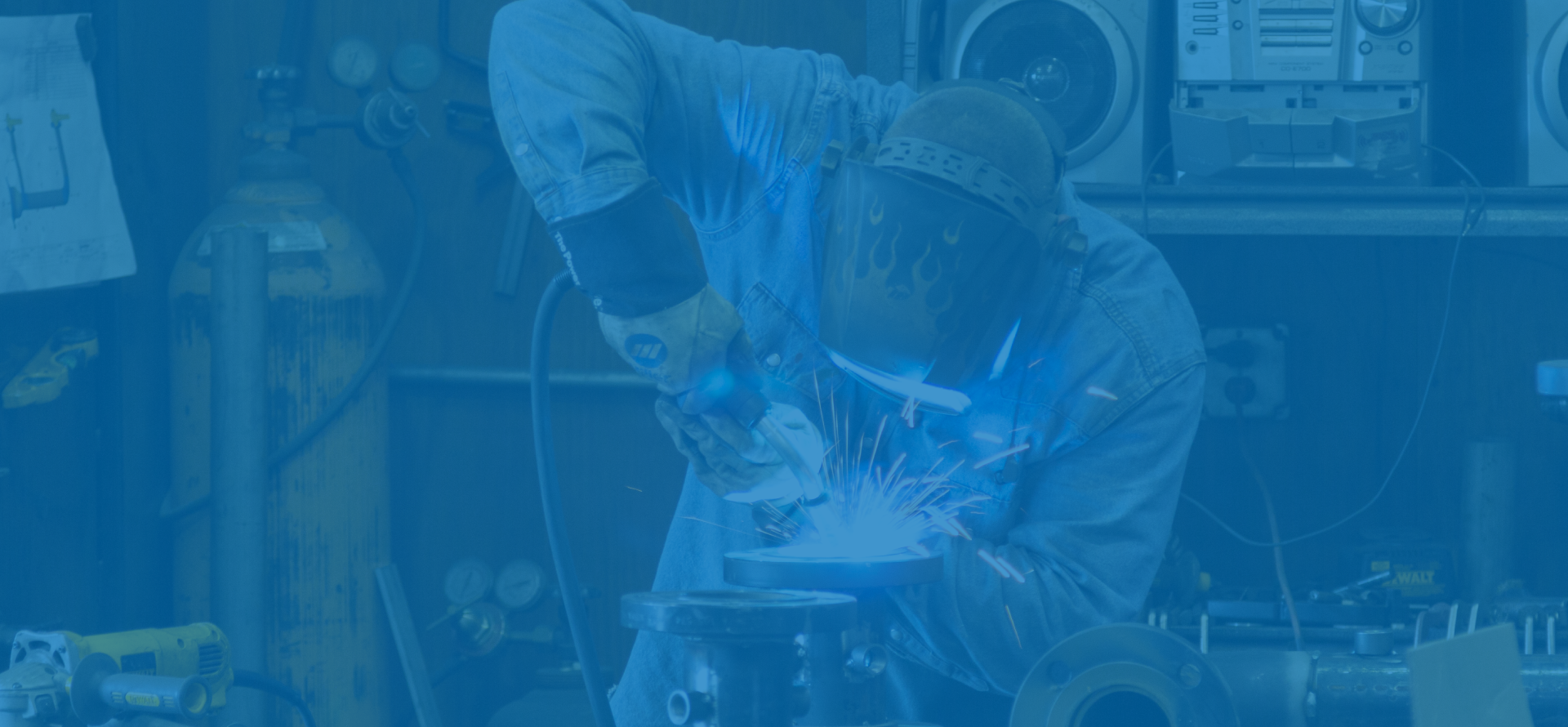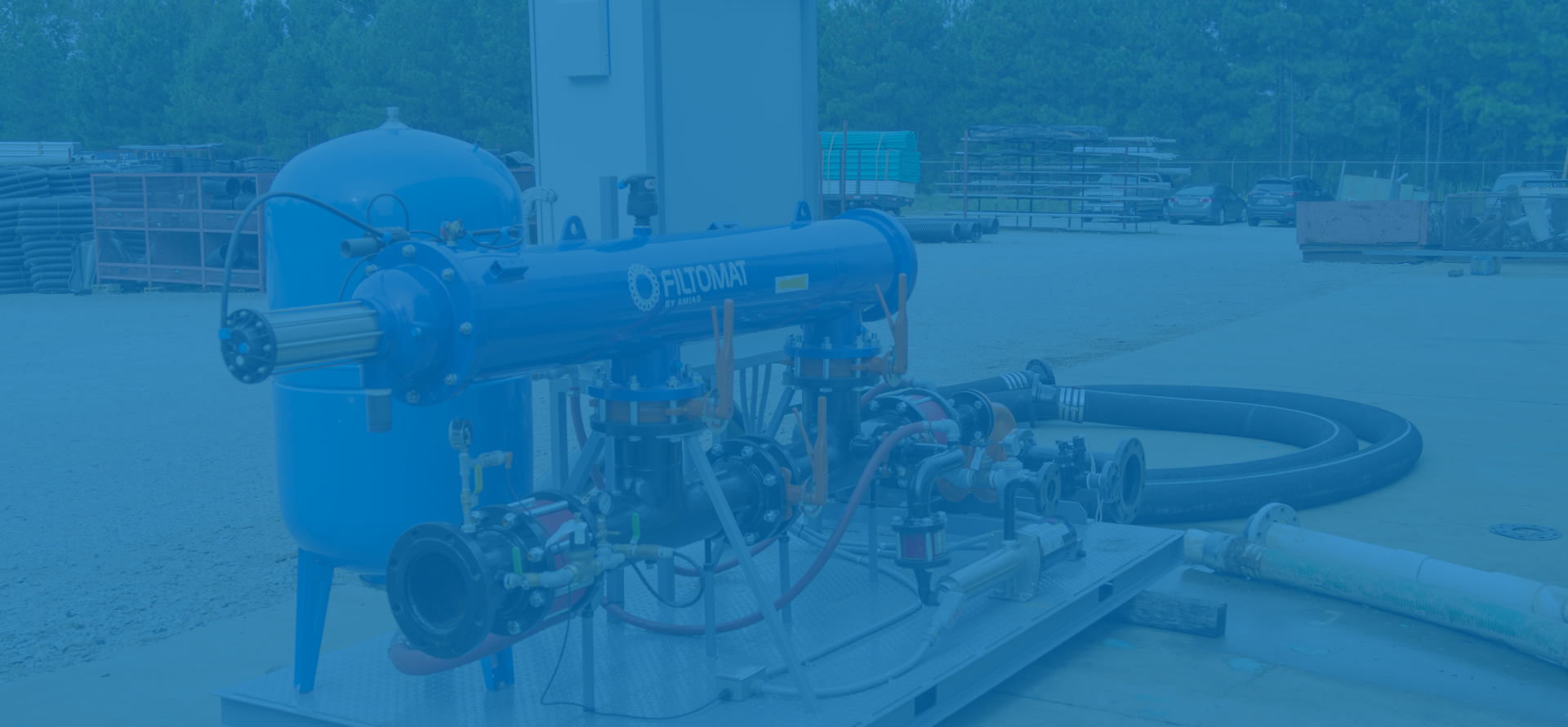The Ultimate Guide to Choosing the Best Built in BBQ for Your Outdoor Space
In recent years, the demand for outdoor cooking solutions has skyrocketed, with the global market for built in BBQ systems projected to reach $5.5 billion by 2027, according to a report by Grand View Research. This surge in popularity highlights the importance of selecting the right built in BBQ for your outdoor space, as homeowners increasingly prioritize outdoor living experiences that combine functionality with aesthetics. Factors such as durability, design, and cooking efficiency are essential in this decision-making process. As consumers become more discerning about quality and craftsmanship, products sourced from leading manufacturers, particularly those from China, are gaining global trust for their innovative features and robust performances. This guide aims to provide you with essential insights and criteria to consider when choosing the best built in BBQ that perfectly complements your outdoor setup.
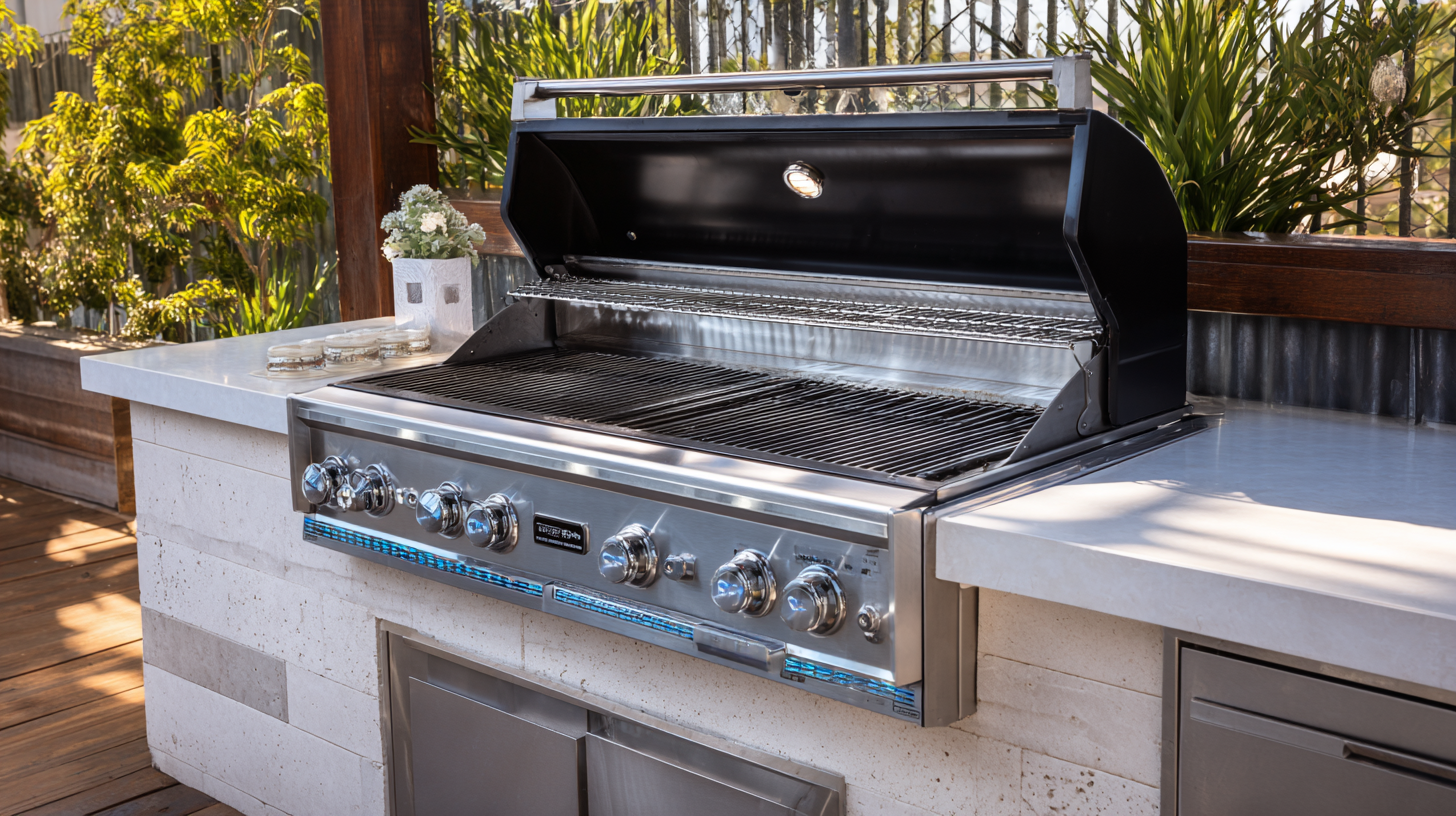
Factors to Consider When Choosing a Built-In BBQ for Your Outdoor Space
When choosing a built-in BBQ for your outdoor space, several key factors should be at the forefront of your decision-making process. First, consider the material and construction quality. Stainless steel is a popular choice due to its durability and resistance to rust and corrosion. A well-constructed grill not only enhances aesthetic appeal but also ensures longevity, allowing you to enjoy outdoor cooking for years to come.
Another critical factor to think about is the type of fuel source that best suits your cooking style. Whether you prefer gas, charcoal, or even electric options will influence the flavor profile of your meals and the ease of use. Gas grills, for instance, offer great control over heat levels and quick ignition, while charcoal grills are known for delivering a rich, smoky flavor. Additionally, consider the size and layout of your outdoor space to ensure that the built-in BBQ complements your existing design and accommodates your cooking needs, whether for family gatherings or larger social events.
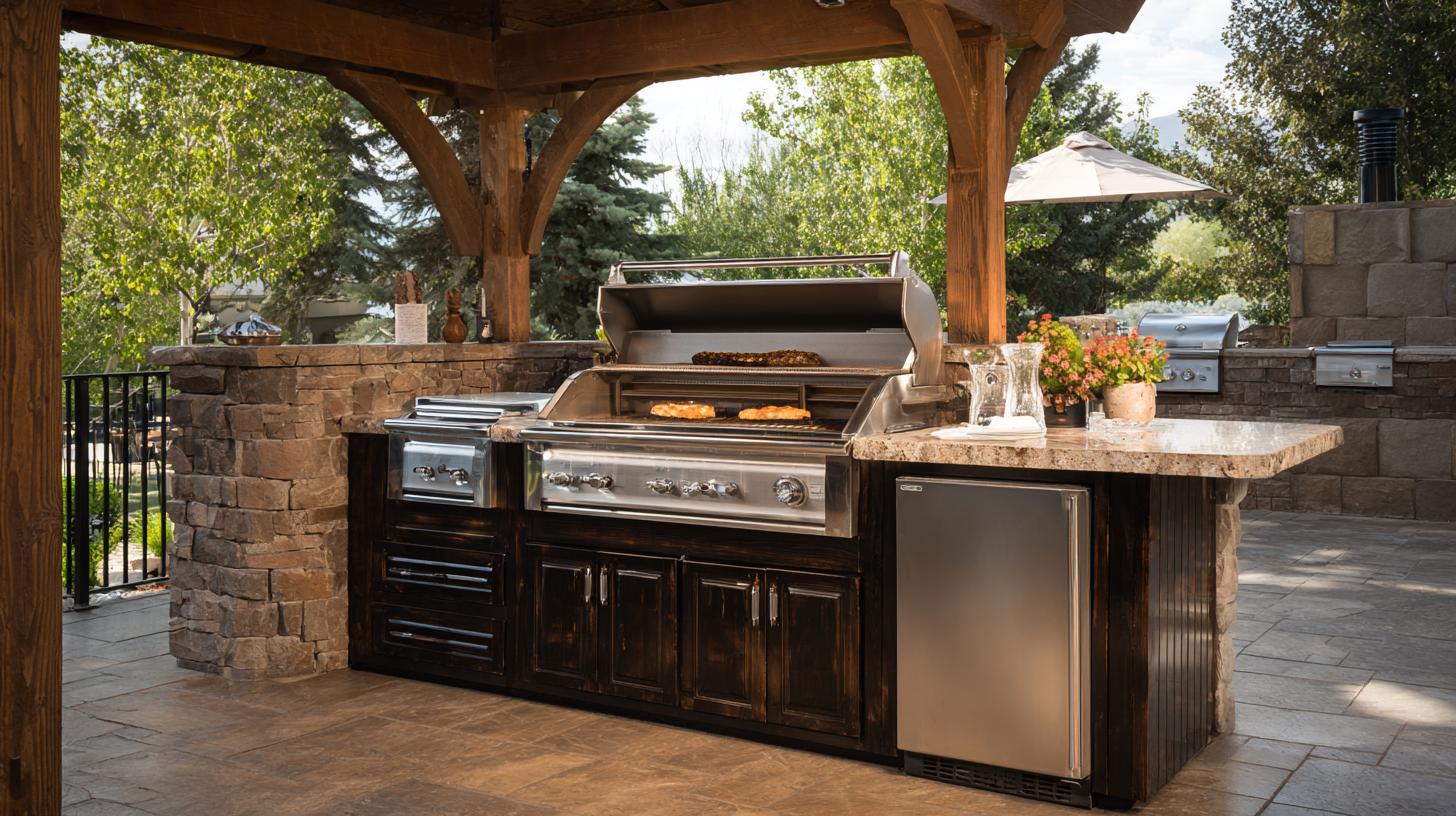
Different Types of Built-In BBQ Grills: Pros and Cons
When selecting a built-in BBQ grill for your outdoor space, understanding the different types and their respective pros and cons is crucial. The most common options include gas grills, charcoal grills, and electric grills. Gas grills are favored for their convenience and quick startup time, making them ideal for spontaneous cookouts. They provide excellent temperature control and are often equipped with additional features like rotisserie burners. However, they may lack the traditional smoky flavor that many BBQ enthusiasts crave.
On the other hand, charcoal grills are renowned for imparting a rich, smoky flavor to food, which many consider the hallmark of genuine barbecuing. They can reach higher temperatures, perfect for searing meats. The downside is that they require more time and effort to set up and maintain, including managing the charcoal and ash cleanup.
Lastly, electric grills offer a clean and efficient alternative for those with limited outdoor space or strict regulations against open flames. While they are simple to use, the absence of charcoal or gas may result in a milder flavor profile, which could be a drawback for some BBQ purists. Each type of grill offers distinct advantages, so evaluating your priorities and cooking style is essential for making the best choice for your outdoor cooking experience.
Essential Features to Look For in a Built-In BBQ
When selecting the best built-in BBQ for your outdoor space, it's essential to consider several key features that will enhance your cooking experience. According to a report by the Hearth, Patio & Barbecue Association, outdoor cooking appliances have seen a 30% increase in sales over the past five years, with built-in grills leading the trend. One crucial feature to look for is the construction material. Stainless steel is preferred for its durability and resistance to rust and corrosion, ensuring that your BBQ can withstand the elements.
Another important aspect is the grilling area size. A recent survey indicated that 70% of outdoor chefs prefer grills with at least 500 square inches of cooking space, allowing for ample room to prepare meals for family gatherings or parties. Additionally, features like multiple burners offer greater temperature control, enabling you to sear meats while slow-cooking vegetables at different temperatures simultaneously.
Tip: Always opt for a built-in BBQ that comes with easy-to-use ignitions and temperature gauges, as they enhance the user experience significantly.
Tip: Don't overlook the importance of side burners or integrated storage; these features can be incredibly helpful for meal prep and keeping your outdoor space organized. Investing in a high-quality built-in BBQ with these essential features will ensure that you maximize your outdoor cooking potential for years to come.
How to Design Your Outdoor Kitchen Around a Built-In BBQ
Designing your outdoor kitchen around a built-in BBQ is an exciting venture, especially given the booming market for outdoor cooking equipment. As of 2023, the gas grill market is valued at $3 billion, with an expected compound annual growth rate of 5.3% from 2024 to 2032. This growth is driven by rising disposable incomes, urbanization, and the increasing popularity of outdoor cooking and entertainment options. Incorporating a built-in BBQ not only enhances the functionality of your outdoor space but also increases its aesthetic appeal.
When planning your outdoor kitchen layout, consider the placement of your built-in BBQ. It should be situated near preparation areas and dining spaces to streamline cooking and serving. Additionally, investing in complementary appliances like side burners, coolers, and outdoor storage can enhance your cooking experience. Remember to factor in the necessary utilities—such as gas lines and water access—during the design process.
**Tips:** Always prioritize durable materials that can withstand outdoor elements, like stainless steel for your BBQ and cabinetry. Also, ensure there is adequate ventilation to maintain a comfortable cooking environment. Finally, incorporate lighting options, like overhead fixtures or ambient lighting, to create an inviting atmosphere for evening gatherings.
The Ultimate Guide to Choosing the Best Built in BBQ for Your Outdoor Space - How to Design Your Outdoor Kitchen Around a Built-In BBQ
| Feature | Importance | Recommended Value |
|---|---|---|
| Cooking Surface Area | High | 500-1000 sq in |
| Material Quality | High | Stainless Steel 304 |
| Heat Output | Medium | 30,000-50,000 BTUs |
| Ease of Cleaning | Medium | Grease Management System |
| Versatility | High | Multiple Cooking Zones |
| Warranty | Medium | Minimum 5 Years |
Maintenance Tips to Keep Your Built-In BBQ in Top Shape
Maintaining your built-in BBQ is essential for ensuring its longevity and optimal performance. Regular cleaning is the first step in keeping your grill in top shape. After every use, scrape the grates with a wire brush to remove food residue and prevent rust.
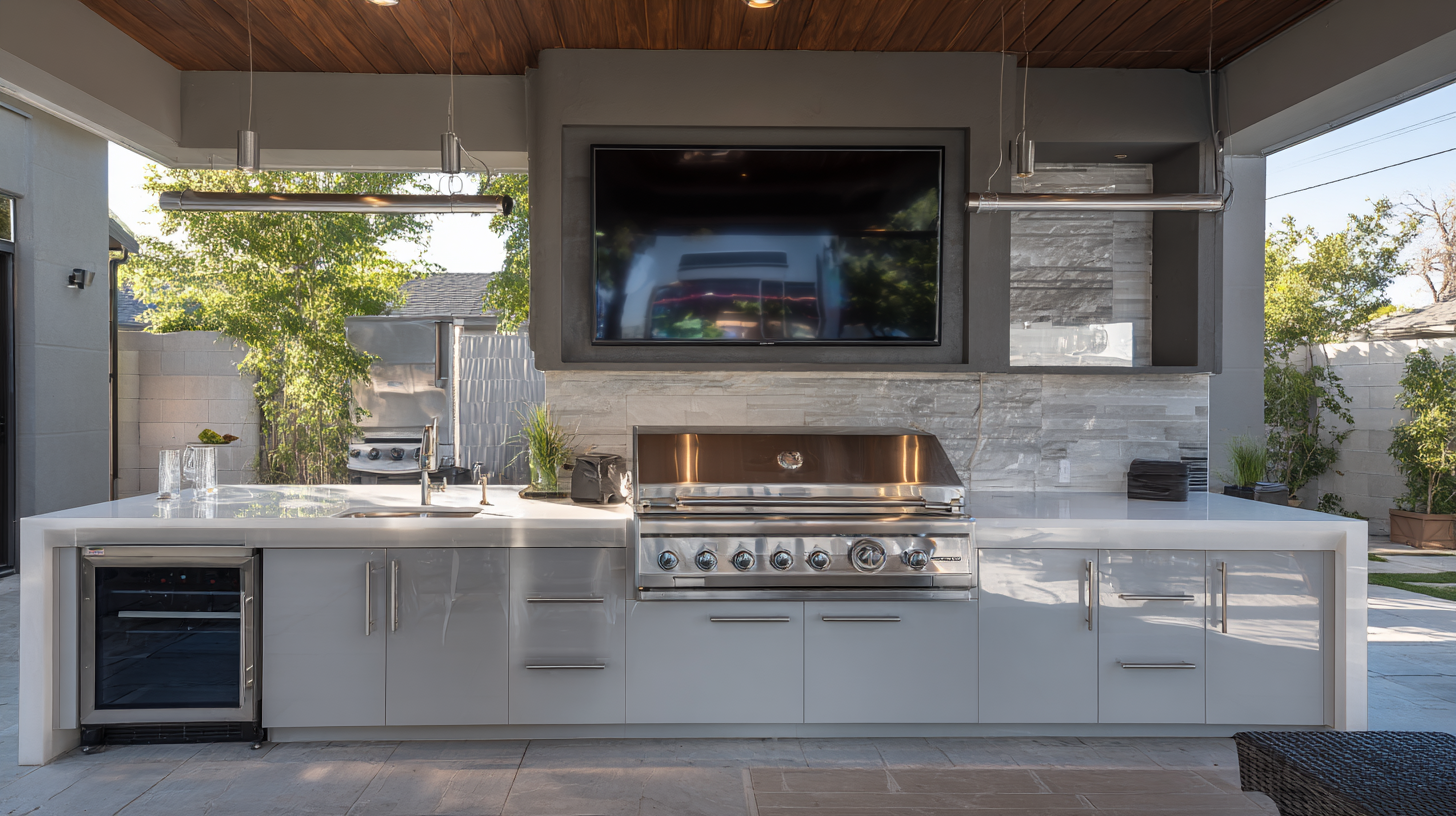 Additionally, wipe down the exterior with a mild detergent to keep it looking new. For deeper cleaning, consider disassembling components like the burners and drip trays to tackle any buildup that may affect heat distribution and flavor.
Additionally, wipe down the exterior with a mild detergent to keep it looking new. For deeper cleaning, consider disassembling components like the burners and drip trays to tackle any buildup that may affect heat distribution and flavor.
Another key maintenance tip involves checking for gas leaks if you have a gas grill. Use a soapy water solution on connections and hoses; bubbles will indicate a leak. Keeping your grill covered when not in use will protect it from the elements, helping to preserve both the internal mechanisms and the outer finish. Finally, inspecting the ignition system regularly ensures you can light your BBQ smoothly when the time comes to fire it up for your next outdoor gathering. By following these simple maintenance tips, you can enjoy delicious grilled meals in your outdoor space for years to come.
Stay Connected
Sign up today to keep up with the newest information from one of the Southeast’s leading suppliers of fluid handling equipment!


